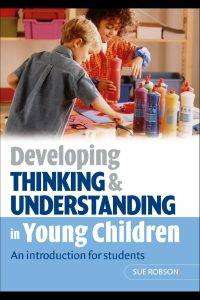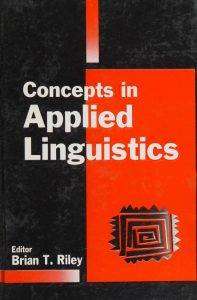
Magic English Grammar 100 Tragically Common Mistakes and How to Correct Them PDF Book

Table of Contents
“English Grammar: 100 Tragically Common Mistakes and How to Correct Them”
Introduction
English, with its intricate rules and exceptions, often proves to be a challenging tapestry for learners to unravel. Amidst the complexities, “English Grammar: 100 Tragically Common Mistakes and How to Correct Them,” authored by linguistic expert [Author’s Name], emerges as a guiding beacon, shedding light on the most frequent stumbling blocks in English grammar. In this comprehensive exploration, we embark on a journey through this enlightening book, delving into its core content, elucidating the common mistakes, and understanding the corrective measures. Through this odyssey, readers will not only gain insights into the nuances of the English language but also learn how to navigate its pitfalls with finesse and confidence.
I. The Anatomy of Mistakes: A Systematic Breakdown
The book meticulously dissects common grammatical errors, providing a systematic breakdown of each mistake. From misplaced modifiers to subject-verb agreement discrepancies, the author unravels the intricacies of these errors, offering readers a profound understanding of their origins and manifestations. By comprehending the underlying causes, learners are better equipped to identify and rectify similar errors in their own writing and speech.
II. Practical Insights: Real-Life Examples and Contextual Understanding
One of the book’s remarkable strengths lies in its use of real-life examples. By incorporating authentic contexts, readers gain practical insights into the mistakes people commonly make. These relatable examples bridge the gap between theory and real-world application, enabling readers to grasp the subtleties of each error. This contextual understanding is pivotal, as it equips learners with the ability to recognize and rectify mistakes in diverse situations, from casual conversations to formal documents.III. Common Mistakes Unveiled: A Glimpse into Linguistic Pitfalls
Dangling Participles: The book illuminates the perplexing realm of dangling participles, showcasing how these seemingly innocuous errors can drastically alter the meaning of a sentence. Through detailed explanations and examples, readers learn to identify and rectify these mistakes, ensuring clarity and coherence in their writing.
Misused Homophones: Homophones, the silent culprits of many linguistic blunders, find a dedicated space in the book. By unraveling the maze of words like “their,” “there,” and “they’re,” readers gain a newfound appreciation for the subtleties of English pronunciation, learning to discern between these often-confused terms.
Subject-Verb Disagreements: The book sheds light on subject-verb disagreements, a pervasive issue in English grammar. Through comprehensive analyses of singular and plural subjects, readers grasp the intricacies of verb conjugation, mastering the art of constructing grammatically correct sentences.
IV. The Corrective Journey: A Roadmap to Impeccable English
The book not only highlights common mistakes but also provides clear, concise strategies for correction. Through step-by-step guides, readers are led on a corrective journey, learning practical techniques to rectify errors and enhance their language skills. Whether it’s employing parallel structure in sentences or understanding the nuances of tense consistency, readers emerge from this exploration armed with the tools to refine their writing and communication.
V. Empowering Learners: Impact on Language Proficiency
The profound impact of “English Grammar: 100 Tragically Common Mistakes and How to Correct Them” on language proficiency cannot be overstated.Elevated Writing Skills: Armed with an in-depth understanding of common mistakes and their corrections, learners experience a significant enhancement in their writing skills. The newfound knowledge enables them to craft articulate, error-free prose, capturing the attention of readers and elevating the overall quality of their written work.
Confidence in Communication: Language proficiency fosters confidence. As learners grasp the intricacies of English grammar, they communicate with assurance, whether engaging in debates, delivering presentations, or composing emails. This confidence radiates in their spoken and written words, leaving a lasting impression on their audience.
Professional Advancement: In professional spheres, impeccable grammar is a hallmark of professionalism. Individuals well-versed in the corrections provided by the book are poised for career advancements. They excel in job applications, impress during interviews, and navigate the demands of the corporate world with eloquence and precision.
Conclusion
“English Grammar: 100 Tragically Common Mistakes and How to Correct Them” is not just a book; it is a transformative journey through the labyrinth of English grammar. Its meticulous exploration of common mistakes and practical solutions equips learners with the knowledge and confidence to navigate the complexities of the English language. As readers absorb the intricacies of correct grammar, they not only refine their language skills but also embark on a voyage toward eloquence, clarity, and professionalism. In a world where effective communication is paramount, this book emerges as an indispensable companion, empowering learners to master the art of English expression and leaving an indelible mark on their linguistic journey.






